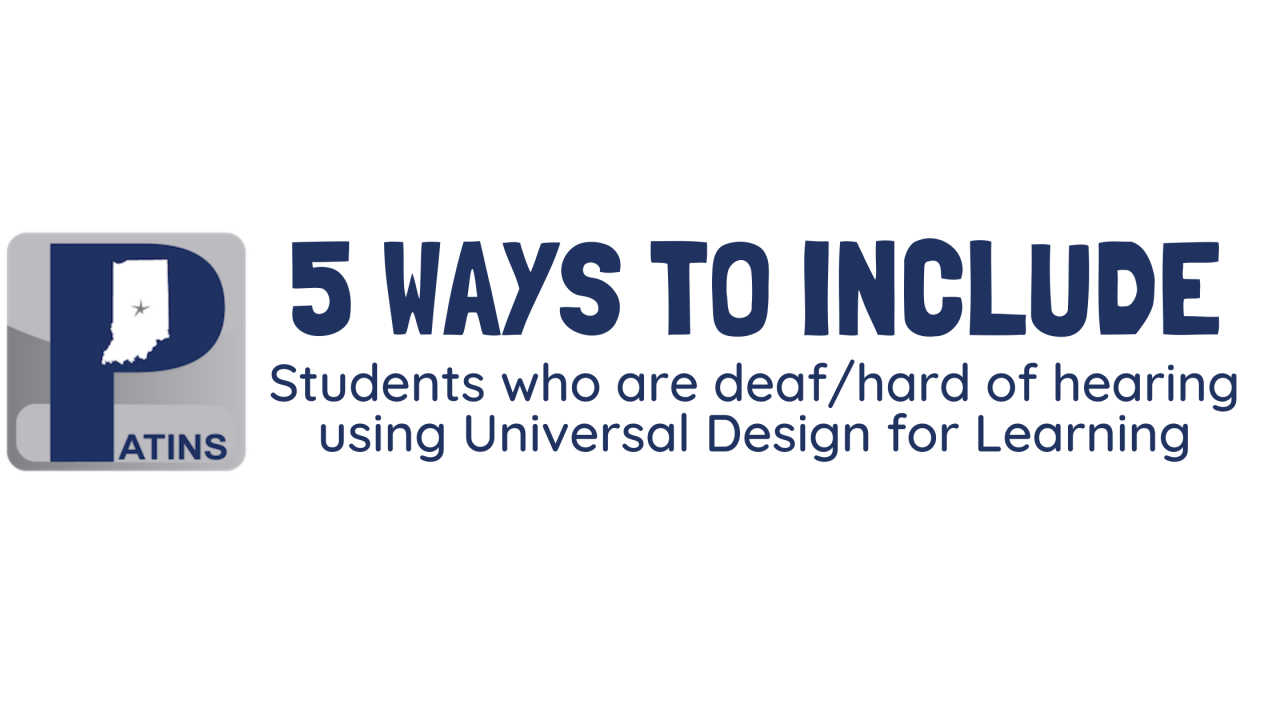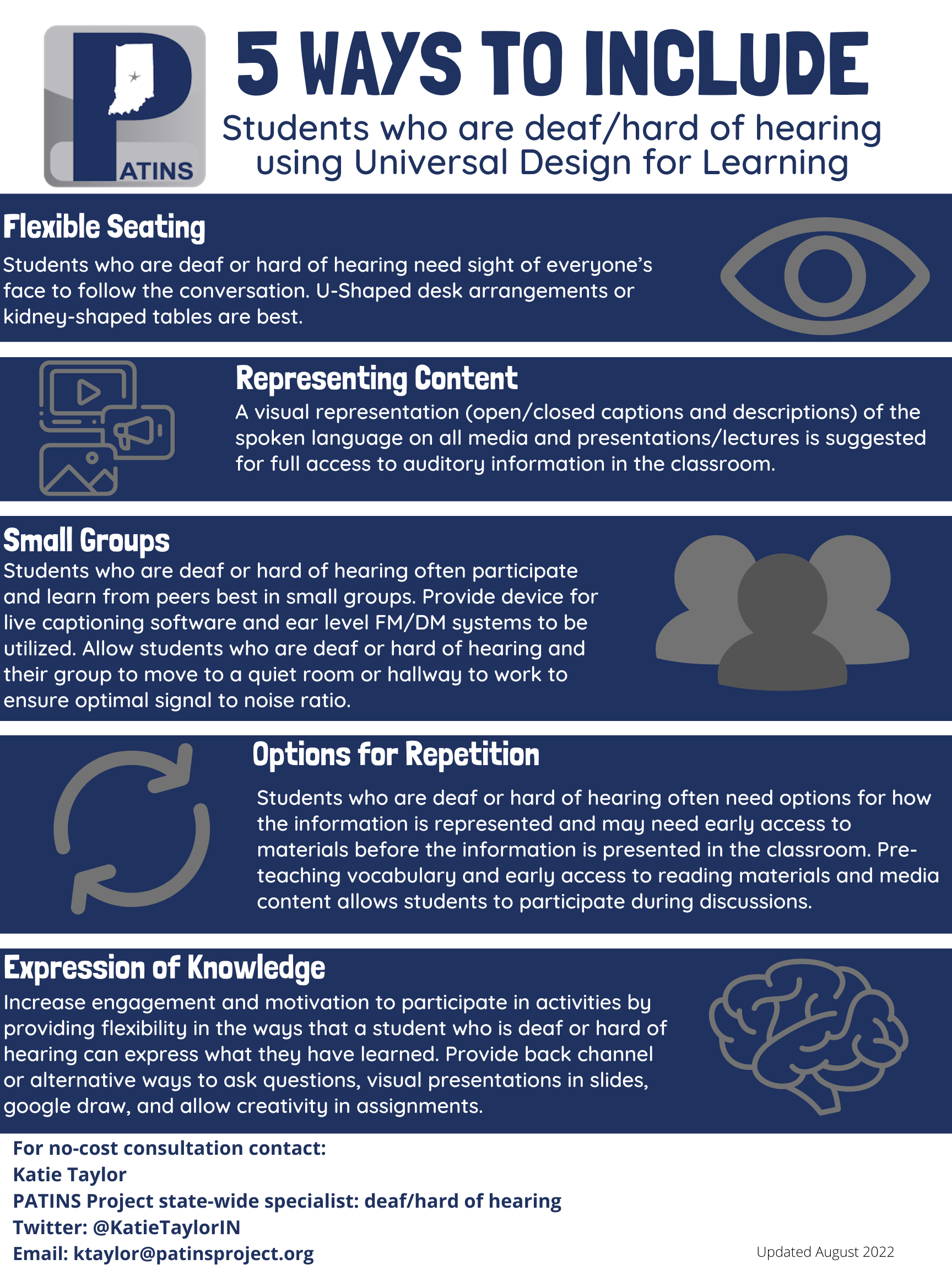
My family and I, like many of you, travel over summer break. Exploring a new place is the highlight of any trip. Walking down mysterious streets, eating unfamiliar food, hearing the unique voices and sounds, and getting insight on the history of the region based on graffiti or architecture are a few of the reasons wanderlust is written on my heart. But pioneering a new path in an unknown place can also be terrifying. Without warning that right turn was the wrong turn, and now, everything that you know is out of sight. Loneliness and panic fill your brain and tears well up in your eyes. That feeling of being lost can seem demoralizing, making you feel helpless. Then, you turn one more strange corner and the home base comes into view. It is in that moment that you have this overwhelming rush of pride in finding a new road home. What was once obscure and complicated is now recognizable and familiar. Exploring and being lost become essential parts of the same story and are now part of all my trip agendas.
Balancing the excitement and fear of being lost have not always been so smooth. When I was in first grade, I felt lost while the other students learned reading with ease. My classmates pronounced each of the words on the page effort-less-ly while I struggled to know the sounds and fumbled through read alouds relying heavily on images, context, and the whispers of the other students. It was scary and I felt like I was the only one who couldn’t learn to read. Those feelings of loneliness and fear impeded my reading progress and made every reading assignment feel like an overwhelming task. I had all but given up on reading until fourth grade when I turned a corner. One of my teachers, seeing my reluctance to read, suggested the short chapters of the Choose Your Own Adventure books. Engulfed in the stories and all the possible outcomes, I would read the same book several times which helped build my skills. I then moved on to The Babysitter’s Club book series (the 90s equivalent to binge watching), and I devoured each one, rushing to the library for the next adventure. Being lost in the learning process of reading made me feel ashamed and excluded but exploring topics that interested me gave me a safe space to practice reading. Today, my safe space resides in historical fiction which I read either with my eyes or with my ears on a daily basis. I was lost until I found something that I loved.
This was not my sudden shift to embracing being lost. Fast forward to college decision time. As my peers began looking at career choices and college, I reflected on my understimulated time in high school. I had moved through general education classes with little connection or interest which led to an increased lack of effort on my part. I was lost in the possibilities since there was not a high expectation that I would even attend college. My grades were dismal and my confidence shot, high school did not seem like a good fit for me. Feeling pressure that I should do something with my life, I finally settled on studying business at a local community college. While I was attending this community college I turned a corner. My local church was looking for a youth group leader so I stepped into that role and found a love of project planning and working with teens. Soon I was headed off to university to study education. I thought that I had finally found my dream job until the results of my Praxis came back and I had not scored high enough to complete my course and get my teaching license. I felt I had taken another wrong turn and those feelings of being lost returned with increased hopelessness. But where Praxis said no, Spain said yes. Soon after my graduation, I took a position as an English teacher to multilingual students in Madrid, Spain. Following a month-long intensive training program, I stepped into my first classroom teaching English to adults. I followed that experience with getting my teaching license, and soon after, my master’s in education. Being lost led me to teach for over twenty years in three different countries and seven different subjects. I was lost until I found a place that was right for me.
My last experience solidified my many similar lost moments throughout adulthood. Arriving in Indianapolis after living in Mexico for 10 years, I stepped into job interview after job interview knowing that my lack of professional connections in Indianapolis overshadowed my background and education. I started in a job designed for a high schooler with low pay, long hours, and little consideration for multiple years’ experience, a master’s degree and being multilingual. Being lost and exploring work options with a small child depending on me took me to a new level of scary. I accepted those wrong turns and settled into a world of being lost. Those wrong turns seemed to be endless with each job leading only to temporary positions and little promise of a home base. The corner that seemed out-of-sight came into view when I was working as an adjunct professor at IUPUI and Jena Fahlbush and Katie Taylor came to present about UDL and PATINS. I started to see some familiarity return. Collaborating with co-workers, working with educators in Indiana, and seeing students get access to materials like those that I missed out on brought me full circle in my exploration process. I was lost until I found people who recognized that the road to success may look different for each individual.
Having access to materials that students love, creating a space that feels right for them, and recognizing various ways to get to the same target can convert feelings of being lost into an adventure of exploration. Experience the joys of being lost as you search the many titles on MackinVia and Bookshare through the ICAM for students with print disabilities, including dyslexia. Additionally Vox books, C-pens, and Livescribe Pens are just some of the items available in the Lending Library that any IN educator can check out for a six-week trial period. Don’t forget the built-in text-to-speech, word prediction, and dictation features on your student’s computer. Also connect with a PATINS Specialist to explore strategies, tools, and resources to open up new routes for you and your students.
I have often been off the beaten traditional path but in the midst of a state of “being lost” I have had many opportunities to explore the multitude of ways to reach my goals. Being on the outside has its own feelings of loneliness but knowing that this path is MY path has led me to embrace and even love being lost.
This is my story, what’s yours? Share on Twitter #PatinsIcam.



